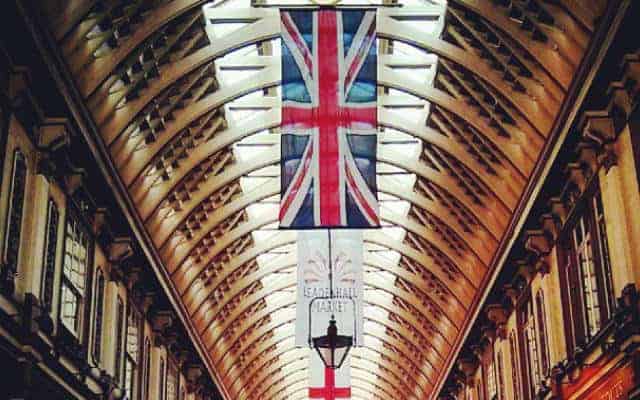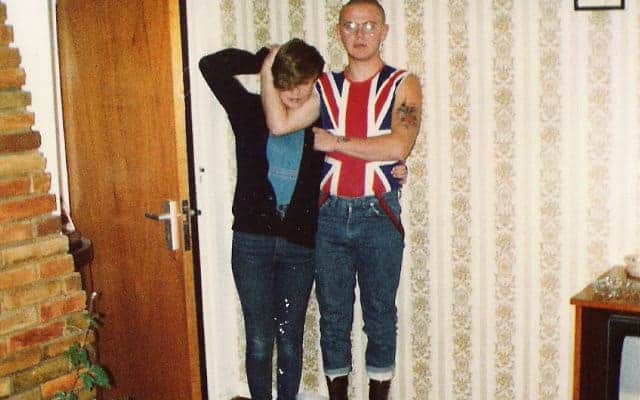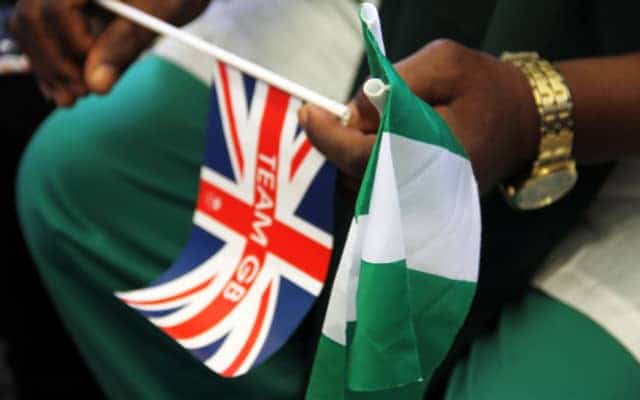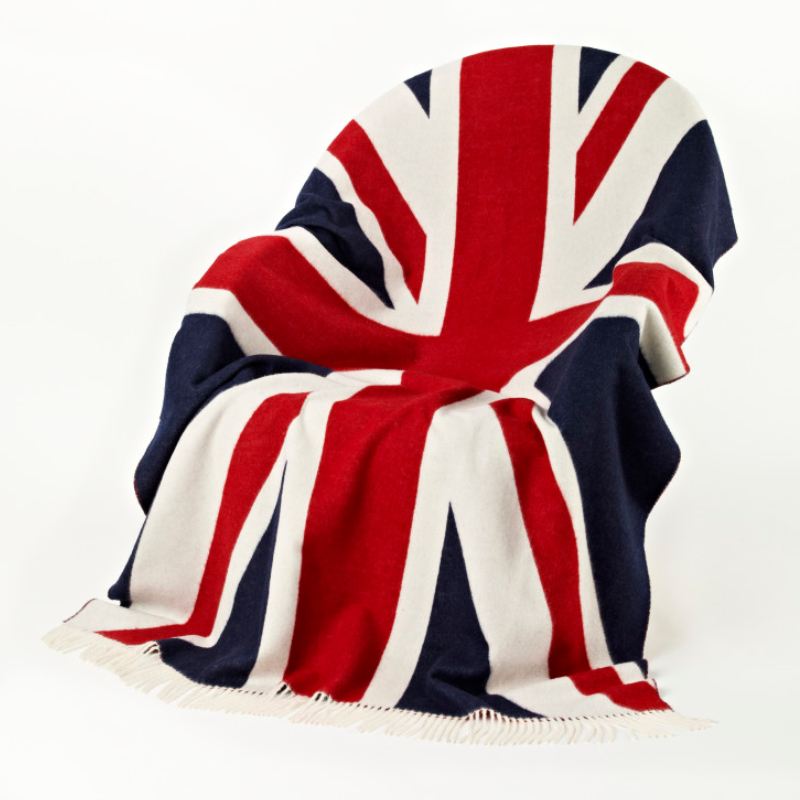What is the Union JACK
A controversial symbol, hoisted by its own petard.

No other emblem of identity has had such a torrid nor illustrious past, present or future as what is commonly known as the Union Jack.
It all began over 400 years ago in 1606. James I and VI of Scotland inherited both the English and Irish thrones. Whence uniting the British Isles into one personal kingdom. On April 12 1606 the St Andrew’s Cross was placed under the St George’s Cross and the union flag was born. Forming the flag of England and Scotland for maritime purposes. James IV had created the realm The Kingdom of Great Britain.
In 1801 when Ireland joined the United Kingdom, St Patrick’s Cross was added to the mix. Creating the flag we all know so well now. Wales although a country and has been part of England since 1282, no Wales representation has never been added. Although it has been muted on numerous occasions. And if Scotland ever decides on independence the Red Dragon will almost certainly take its place.
Union Jack or Union Flag?
There is a dispute on what the flag is called. Its official title is the Union Flag and only when hoisted at sea can it be called the Union Jack. This though this is hotly contested in many circles. In other parts of the world it has other names and damnations. Canada it is known as the Royal Union Flag. Whereas in Hong Kong it is affectionately know as the Rice Character Flag. As the star shape of the criss crossed lines resemble the Cantonese word for rice. A less affectionate title is The Butcher’s Apron, a term used by Irish Nationalists that say the blood red streaks are a symbol of the atrocities the British caused in Ireland and throughout the empire.
Probably most surprising is that although the Union Flag or Union Jack symbolises so much, too so many, it actually has no official status in law. Unlike the Star Spangled banner in the US you can desecrate the Union Flag without reprise. It is only the ‘official’ flag of Great Britain through custom and tradition and absolutely no more.
This was put to the Houses of Parliament in 2008. Stating that is should be officially recognised as the national flag. Strangely it didn’t even get a second reading. So, you can burn the Union Flag and find yourself in no trouble what so ever. But woe betide anyone who flies the flag the wrong way round or upside down. As it is seen as an insult or a distress signal as the Union Flag isn’t actually symmetrical. In 2009 the UK government flew the flag upside down after signing a trade agreement with China. The BBC were of course inundated with calls about the mistake.


A Flag on a Flag
The Union Flag flies high in 23 countries around the world. From minnows such as Tuvalu to giants such as Australia and New Zealand. Hawaii has the Union Flag sitting in the top-right hand corner. This though represents friendship only, as Britain never controlled the islands.
Although its history is part of the history of the world, it has also colonised culture and popular culture. You can travel to the four corners of the world and see a Union Flag emblazoned on a handbags, t-shirts, cups and umbrellas from Chigwell to China. The Union Flag no longer just represents the British Union. Like the English language it has become a symbol divorced from its original meaning and its rightful motherland. It has become a symbol of cool, a patchwork of crosses that has no political or geographical meaning anymore to anyone outside of these sacred isles.
1066 and All That
But let’s tackle where the ‘cool’ came from. Maybe the start came from John Entwistle and Pete Townsend from The Who. Pete Townsend almost defiantly wore a real Union Flag tailored jacket for a photo shoot for the Observer in 1966. The jacket sent out mixed messages. It was a stand against the establishment that thought the Union Jack was sacrosanct. So it was a subversive act, but he also wore it with a sense of pride. The Who shouting we are British. From that moment on the world went Union Jack crazy. Mary Quant, Carnaby Street, Twiggy, David Bowie, The Beatles, the roof of Minis or even the rear lights on the new German owned Mini and Dr Martin boots all emblazoned with the Union Flag.
Even as England was winning the World Cup in 1966. It wasn’t St George’s flag that was waving across the land and in abundance at Wembley, it was the Union Flag. They say those times were more innocent. And it is impossible to image now England fans raising the Union Flag when England win. Although England winning a major championship seems like a far off dream right now.
The swinging sixties became awash with the flag waving. Was it nationalism or was it anti-establishment? It is hard to decipher now. It was certainly Anti-establishment when situationist artist Jamie Read and the Sex Pistols got hold of it and ripped it apart. Deconstructing its meaning and generally desecrating it in the late 70’s. Luckily for them there was no law against that as discussed earlier.


Cool Britannia
Probably its darkest hour came when the British National Front, the Far-Right and so-called Skinheads used it as a symbol of everything that is wrong with their philosophy. The hate that it symbolised for years. The patriotism that merged into racism. The image of a fat bloke with a Union Jack wife beater, braces and bovver boots is still an image many see the flag as representing.
What is easier to decipher is the return in the mid 90’s of Cool Britannia. This time it was patriotism at play, patriotic marketing not subversive merriment. Nor for that matter extremist xenophobia. Noel Gallagher with his guitar and Geri Halliwell with her Union Flag dress. This was frivolous, fun loving commercialisation to show that Britain was once again a cultural and artistic force to be reckoned with. The Union Flag became the symbol of ‘Brand Britain’ and all that was good.
Or take the 2012 London Olympics where the flags waved for victory at probably the most successful games ever. The sight of so many British sportsmen and women holding aloft the Union Flag. As they proudly sang the God Save the Queen. Maybe those moments took back the Union Flag for the British. Half inched it from the jaws of over commercialisation. Did we take it back from the tat that it covered? I believe we have and that it is has once again become a symbol of a united nation, of past glories and of future triumphs.
The Future of the Union Jack
With Brexit looming who knows what will become of the Union Flag, as it has become a symbol of Euroscepticism. In 2016 on the Italian Riviera it was hoisted by hundreds of local businesses as a protest against a European Directive. Such a symbol of nationalism it has become.
But any product that has the Union Flag stitched into its collar or adorns their goods in any way should rightly be proud of the symbol. As many foreign buyers see it as a stamp of quality. And in fact, would choose a product marked with the Union Flag or Made in Britain emblazoned on the goods over ones without. But buyer beware, not all products with the Union Flag have been made in Britain. Unscrupulous brands and companies know the power of the iconic symbol. And are quite happy to cash in and hoodwink less eagle-eyed consumers. A second look at the ‘Made in’ label is well worth your time.
We should be a united nation. Proud our flag is a cultural phenomenon that has changed the way the world is viewed. But it should never become a symbol for extreme nationalism, xenophobia or jingoism. It should be an iconic symbol of pride in our beliefs and the craftsmanship that goes into the products we make so well with our fair hands, on these fair Isles.
So next time you pick up a product with a Union Jack emblazoned on or sewn in think of the history that that icon has and be proud that you are buying British.




